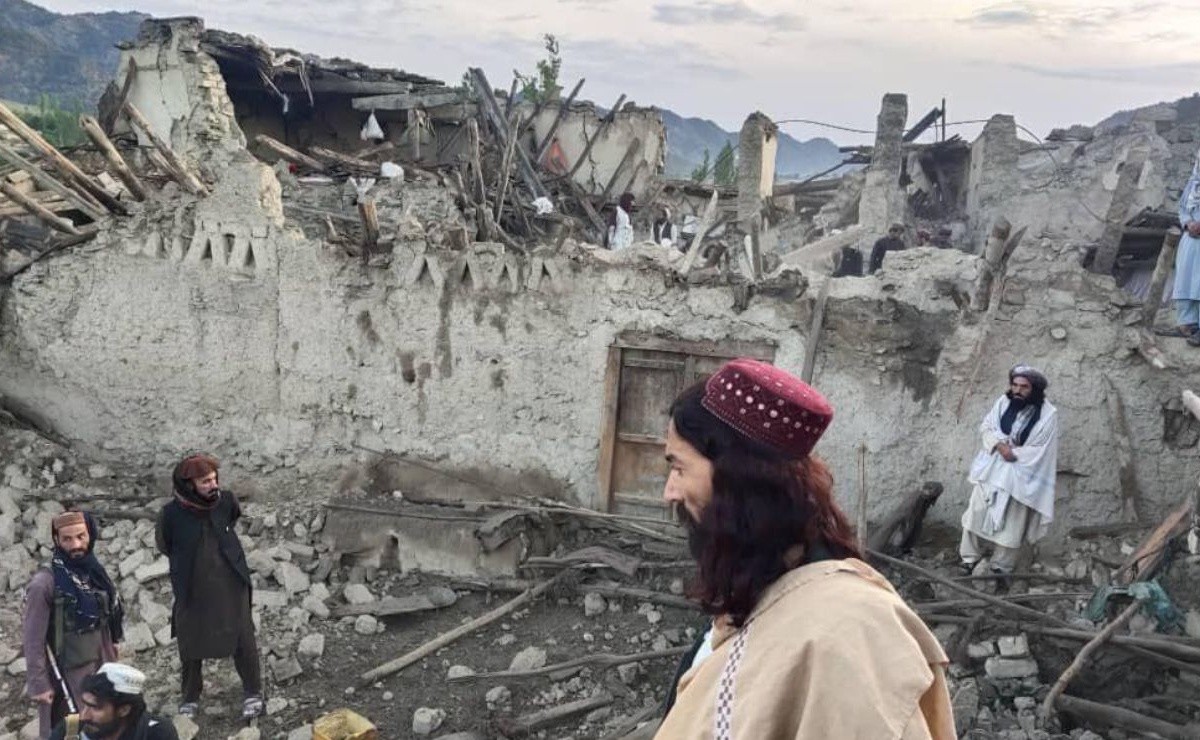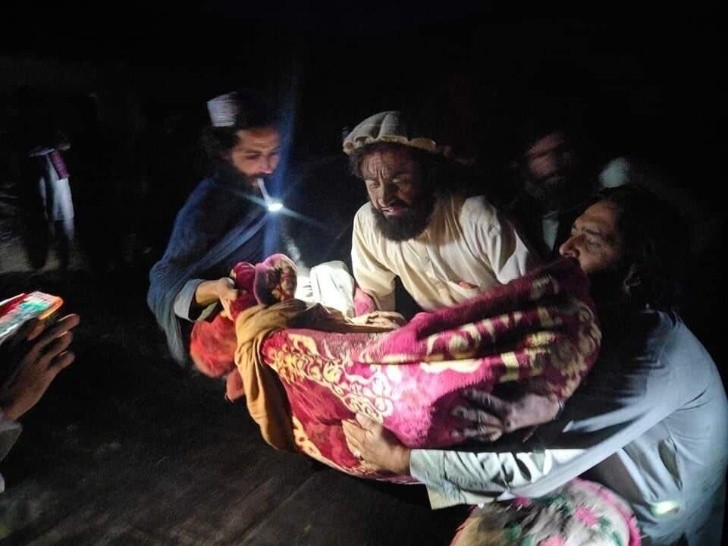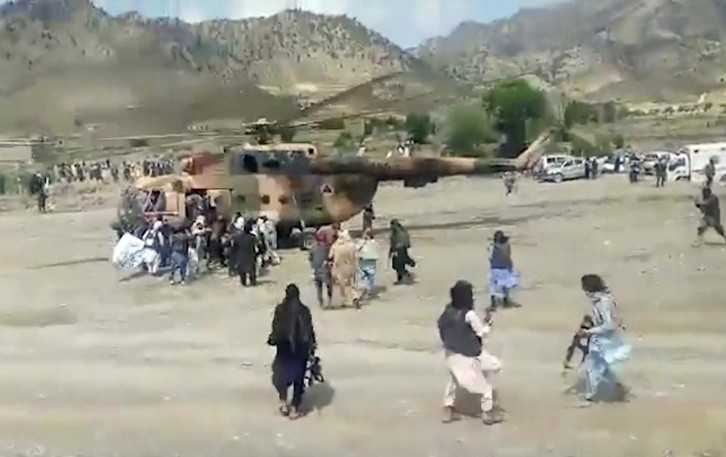
The earthquake was in a rural and mountainous part of Afghanistan and the authorities warned that the already bleak number could increase.
A powerful earthquake shook a rural and mountainous area of eastern Afghanistan early Wednesday, killing 1,000 and injuring 1,500, one of the deadliest earthquakes in decades , leaving families devastated, a state news agency reported. Authorities warned that the already grim figure could rise.
Information on the 6.1-magnitude tremor near the Pakistani border remained sparse, but earthquakes of that magnitude can cause serious damage, especially in an area like this where buildings are weak and landslides are common.
Experts said the epicenter was just 10 kilometers (6 miles) deep, another factor that could add to the destruction.
The disaster is a major test for the Taliban-led government , which came to power last year amid a chaotic US pullout from the longest war in its history, two decades after toppling the same militia after attacks of September 11, 2001.}
Rescuers reached the affected area by helicopter, but the response is likely to be complicated as many international aid agencies leave the country following the rise of the Taliban.

Reaching rural areas, even under the best of circumstances, remains difficult in Afghanistan, a landlocked nation with potholed mountain roads that may now have sustained significant damage.
Faced with difficulties, a Taliban official requested international help. "When such a big incident occurs in any country, help is needed from other countries," Sharafuddin Muslim said. “It is very difficult for us to be able to respond to this huge incident.”
The Meteorological Department of neighboring Pakistan said the epicenter was in the Afghan province of Paktika, about 50 kilometers (31 miles) southwest of the city of Khost. Damage was reported to several buildings in Khost province, and tremors were felt as far away as the Pakistani capital, Islamabad.
Footage taken in Paktika showed men using blankets to carry the wounded to waiting helicopters to carry them away. Others were treated on the spot: One resident received intravenous fluids sitting in a plastic chair near the remains of his home, while others lay on stretchers. In other photos, residents sifted through the clay bricks and rubble of collapsed stone houses, some with fallen roofs or walls.

The death toll reported by the Bakhtar news agency matched that of an earthquake that struck northern Afghanistan in 2002. They are the deadliest since 1998, when another 6.1-magnitude quake and subsequent aftershocks killed at least 4,500 people in a remote area of northeastern Afghanistan.
In much of the world, an earthquake of this magnitude would not cause such great devastation, said Robert Sanders, a seismologist with the US Geological Survey. But, in these cases, the number of victims usually depends on the geography, the quality of the constructions and the population density.
“Since it is a mountainous area, there are rockfalls and landslides that we will not find out about until they are reported later. Older buildings are prone to falling apart,” he explained. "Because of how condensed the area is in that part of the world, we’ve already seen similar earthquakes do significant damage."
The Taliban are still trying to reconstitute abandoned government ministries with staff loyal to their previous, Western-backed government, and it was unclear how officials arrived at the number of casualties reported by the Bakhtar agency.
In Kabul, Prime Minister Mohammad Hassan Akhund called an emergency meeting at the presidential palace to coordinate relief efforts. Through his Twitter account, deputy Taliban government spokesman Bilal Karimi called on aid agencies to send teams to the area. "The answer is on the way," tweeted the United Nations coordinator in Afghanistan, Ramiz Alakbarov.
That may be difficult given the situation Afghanistan finds itself in today. After the Taliban swept through the country in 2021, the US military and its allies massed at Kabul’s Hamid Karzai International Airport, then withdrew entirely. Many international humanitarian organizations followed suit due to security concerns and the Taliban’s poor human rights record.
Visit the EN PAREJA YouTube channel by CLICKING HERE